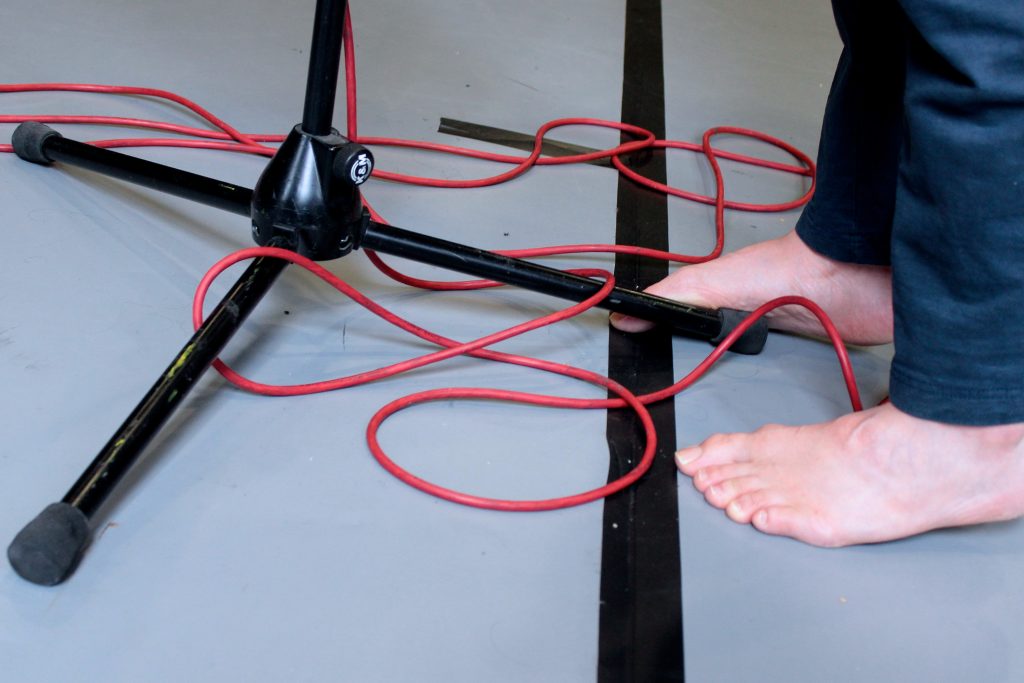Choreography of the everyday
I remember the image of a man standing close to my then home in Brockley in SE London, during the late summer of 1996. He was stood on the edge of a curb, facing into the sloping leafy road, his body unusually still. Leaning forwards with one hand on the lamppost for balance (or maybe not) his steep angle appeared suspended, a sustained stillness at odds with the daylight activity around him. At the same time his body in this position seemed to bring everything else; street, buildings into sharp relief, engraving itself on my memory in ways I cannot explain.
Some years later, on a pedestrian street in Birmingham I was drawn to the man walking in front of me. His weight delicately tilted forwards with the shallow incline of the street, his arms floating, enlarged fluttering in slow motion behind him. I slowed not wanting to overtake, going more slowly than was comfortable, creating an invisible duet between us as my own rhythms became stretched to stay close. The movement of his arms was so articulate, so clear, that even now concentrating on the memory I can feel my own muscles twitching.
The difficulty, sense of falling and precariousness of the men’s movement created qualities that weren’t really so far from the everyday yet were heightened in small but significant ways to become something quite different, indescribable and lasting. I’ve never forgotten these particular images, possibly because I was so focused and active in observing them, but also because my feelings and empathy were stirred. In many ways this happens quite often, in all sorts of places at all kinds of times. I can notice a person’s way of moving and find myself pausing, lingering, it slows me down for a moment before continuing.
In this quiet observing of a person moving I feel I see them. Working choreographically, I am trying to make something of a person visible and to sensitively share that somehow. Drawing on simple everyday actions is useful to help reveal how a person moves as themselves; sitting, lying, falling, walking, holding hands etc… these infinite recognisable choreographies either developed for performance or existing in everyday life can be just as powerful to me as more elaborate patterns, the untrained body just as sophisticated as the highly trained dancer.
I’ve developed a genuine valuing and interest in small things (not exclusively) but I don’t tire of the small, the detail within a movement can seem so full if I really attend to it and create space around it. Working with different physical histories and revisiting them live is an important essence of Wallflower. The muscular process of retrieval is fascinating to watch and to explore, it seems whole worlds open up in and around the impossibility and uncertainty the performers negotiate, the rediscovery and joy and the inevitable loss that is also present.
It’s taken me some time to ponder this provocation of ‘Choreography of the everyday’. It could be a thesis, I wouldn’t know how to write it if it was! But I know I need to keep moving. Feelings, thoughts, ideas and sensations come to the surface when I do and I can be with myself and other people through moving in ways I couldn’t in any other way. The attention I give is a relief from the clutter of my mind and when I see somebody moving, if I pause, stay with it, taking in the fullness of it, then whole stretches of imagination and feeling open up in me.
Jane Mason
